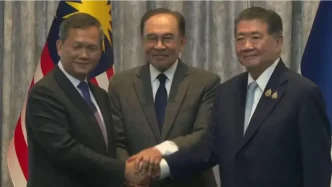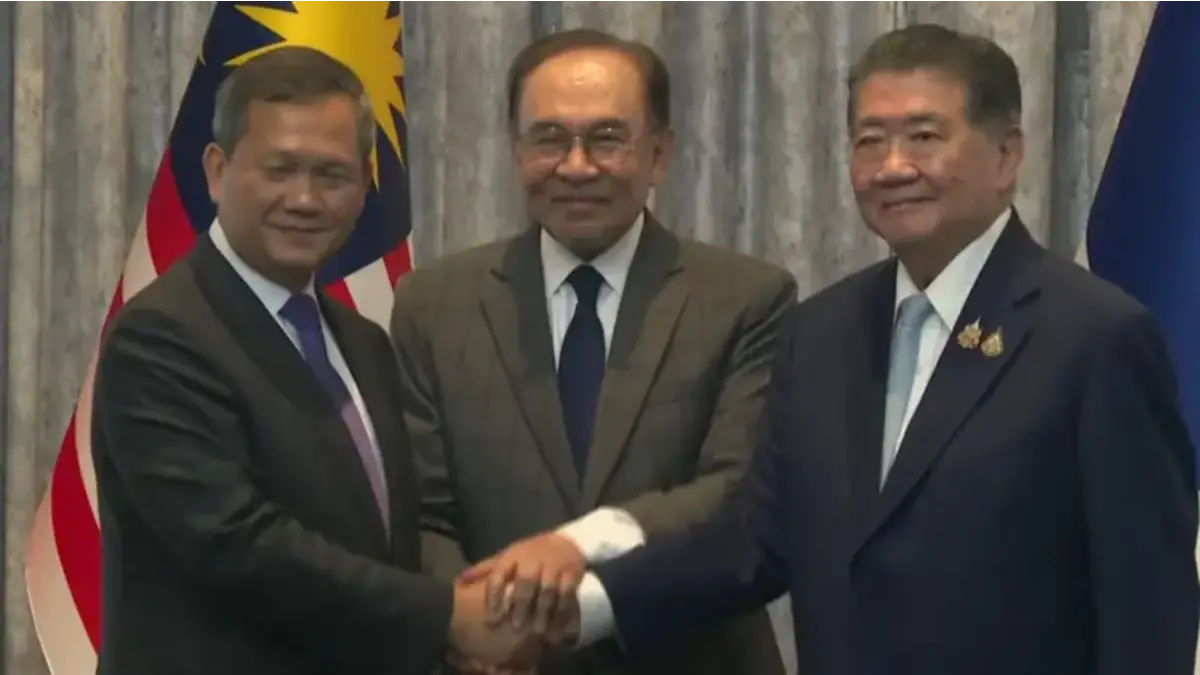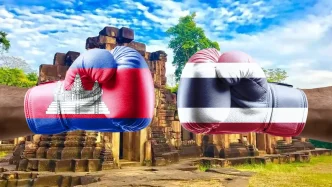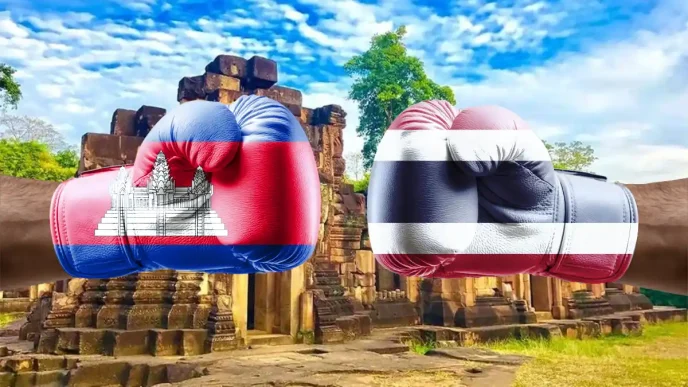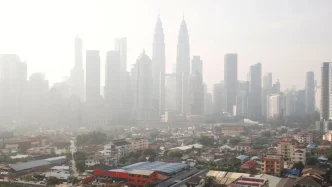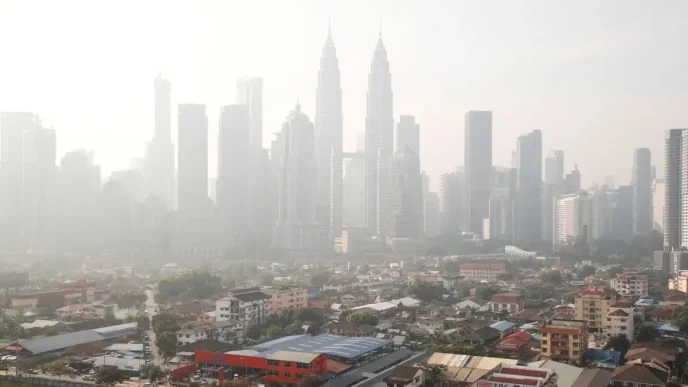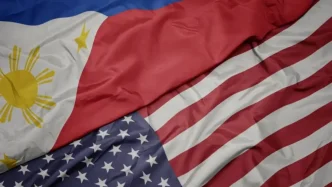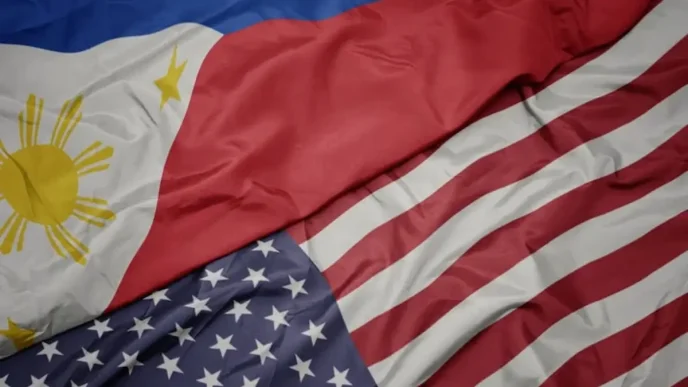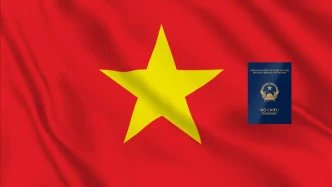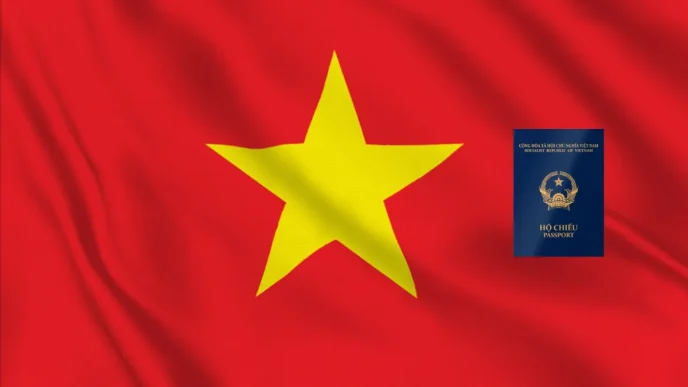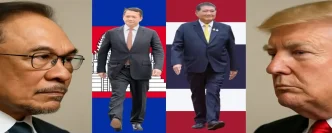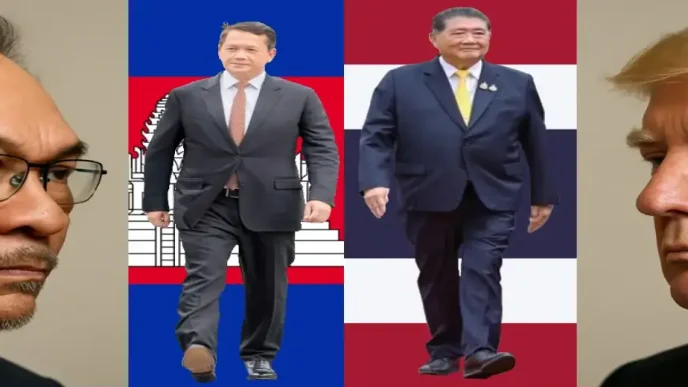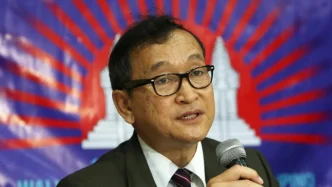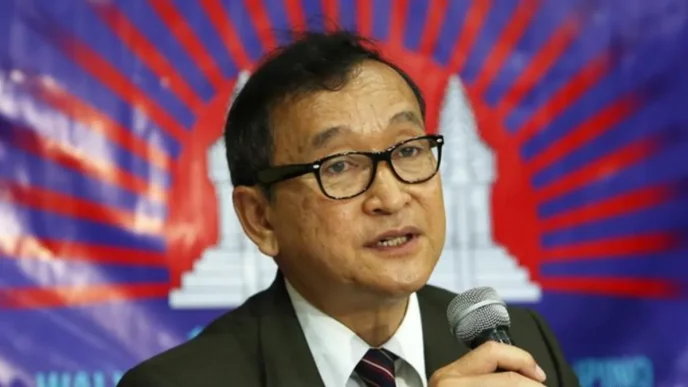In a significant stride toward peace, Malaysian Prime Minister Anwar Ibrahim has announced a ceasefire agreement between Thailand and Cambodia following intense negotiations in Kuala Lumpur. The deal, brokered amid escalating border clashes that have displaced around 300,000 people and claimed numerous lives, signals a potential end to days of violence. As regional and international stakeholders watch closely, the agreement sets the stage for further military and diplomatic engagements to solidify peace.
A Pivotal Moment for Regional Stability
The ceasefire comes after days of violent confrontations along the Thailand-Cambodia border, a region long plagued by territorial disputes. Hosted by Malaysia, the talks brought together Cambodian Prime Minister Hun Manet and Thailand’s acting leader Phumtham Wechayachai, with Anwar Ibrahim acting as a mediator. At a press conference following the discussions, Anwar expressed optimism about the commitment shown by both leaders. Anwar announced that both leaders had demonstrated a clear commitment to an immediate ceasefire, highlighting the urgency of halting hostilities for the sake of regional stability.
The negotiations, which included representatives from the United States and China, underscore the global concern over the conflict’s potential to destabilize Southeast Asia. Anwar also revealed plans for military commanders from both nations to convene informally at 07:00 on the upcoming Tuesday, followed by a meeting of defense attachés under the ASEAN chairman on August 4. These steps are intended to ensure the ceasefire holds and to lay the groundwork for addressing deeper territorial disagreements.
What Have Both Sides Agreed to?
| Agreement | Details |
|---|---|
| Ceasefire | Thailand and Cambodia agree to an unconditional ceasefire starting at midnight Malaysia time (16:00 GMT) |
| Direct Communications | Thailand and Cambodia agree to resume direct communications between their prime ministers, foreign ministers, and defence ministers |
| Ceasefire Mechanism | Thailand and Cambodia agree to a detailed mechanism for the implementation, verification, and reporting of the ceasefire, as per the press release following the talks |
| Military Commanders Meeting | Thailand and Cambodia agree to an informal meeting of military commanders at 07:00 on Tuesday |
| Defence Attaches Meeting | Thailand and Cambodia agree to a meeting of defence attaches, led by the chairman of ASEAN, on 4 August |
Humanitarian Crisis in Focus
The border clashes, now in their fifth day as of the talks, have taken a devastating toll on communities on both sides. Thailand has reported 22 fatalities, including 14 civilians, since the violence reignited last Thursday. While Cambodia has yet to release official casualty figures, the scale of displacement—estimated at 300,000 people across the two countries—paints a grim picture of the humanitarian crisis.
In the Cambodian border town of Samraong, the personal stories of those affected highlight the urgency of the ceasefire. Khim Meng, a farmer who fled with his elderly father, shared fears with local reporters. “I don’t want war in my land” he said, recounting how he had to leave behind critical medication for his father while escaping with only what he was wearing. He described the constant sound of drones over makeshift tents, and local artillery fire adding to the pervasive sense of insecurity among evacuees.
These accounts reflect the broader suffering of hundreds of thousands who have been uprooted by the violence. Humanitarian organizations and local authorities are scrambling to provide shelter and aid, but the scale of displacement poses significant challenges. The ceasefire, if sustained, offers a glimmer of hope for these communities to return to normalcy.
Leaders Signal Hope Amid Cautious Optimism
International attention has intensified as the violence escalated, with major powers like the United States and China monitoring the situation closely. U.S. Secretary of State Marco Rubio has reiterated Washington’s push for an immediate resolution, emphasizing the need to end the conflict swiftly. President Donald Trump has also weighed in, linking the cessation of hostilities to ongoing trade negotiations with both nations, signaling the broader economic implications of the unrest.
Cambodian Prime Minister Hun Manet described the Kuala Lumpur talks as productive, expressing confidence that the outcomes will pave the way for displaced populations to return home. “It’s time to start rebuilding trust and confidence going forward between Cambodia and Thailand” he stated, acknowledging the mediation efforts of Anwar, the U.S., and China. He also praised the constructive dialogue with his Thai counterpart, suggesting a mutual desire to prioritize peace.
Acting Thai Prime Minister Phumtham Wechayachai echoed a similar sentiment, albeit with measured caution. Speaking briefly after Hun Manet, he affirmed that the ceasefire was negotiated in good faith and reiterated Thailand’s commitment to a peaceful resolution. While the exact terms of the agreement remain undisclosed, the willingness of both leaders to engage in dialogue marks a critical first step toward de-escalation.
The involvement of international observers, particularly from the U.S. and China, highlights the conflict’s potential to affect regional trade routes and geopolitical alignments. Southeast Asia, a key hub for global commerce, cannot afford prolonged instability, and the ceasefire is seen as a necessary measure to prevent further economic disruption.
Challenges Ahead: From Ceasefire to Lasting Peace
While the ceasefire agreement is a significant achievement, it is only the beginning of a complex process to resolve the underlying issues fueling the conflict. The upcoming military and ASEAN-led meetings will be crucial in translating the agreement into actionable steps on the ground. Military commanders will need to coordinate to prevent accidental skirmishes, while diplomats must tackle the thorny issue of territorial claims—a dispute that has defied resolution for generations.
Analysts note that previous ceasefire attempts in the region have faltered due to a lack of trust and insufficient mechanisms for enforcement. The role of ASEAN, as a regional bloc committed to non-interference yet increasingly vocal on stability issues, will be pivotal. The meeting on August 4, chaired by the ASEAN leadership, could set a precedent for how the organization handles intra-regional conflicts in the future.
Moreover, the humanitarian crisis demands immediate attention. Beyond stopping the violence, both governments, with support from international aid agencies, must ensure that displaced populations receive adequate shelter, food, and medical care. Rebuilding trust among border communities, many of whom have endured repeated cycles of displacement, will require sustained efforts beyond military de-escalation.
International Stakes and Regional Dynamics
The Thailand-Cambodia border conflict is not an isolated issue; it reverberates through the geopolitical landscape of Southeast Asia. For the United States, stability in the region aligns with broader strategic interests, including countering China’s growing influence. Beijing, meanwhile, has vested interests in maintaining peace to protect its economic investments and infrastructure projects under the Belt and Road Initiative, which traverse the region.
Malaysia’s role as a neutral mediator has been widely praised, with Anwar Ibrahim leveraging his country’s position within ASEAN to facilitate dialogue. This mediation effort also reflects Malaysia’s broader ambition to assert itself as a key player in regional diplomacy, particularly on issues of conflict resolution.
However, the presence of external powers in the talks has raised questions about the autonomy of ASEAN in managing its internal disputes. While international support is crucial, there is a risk that competing global interests could complicate the path to a locally driven solution. Balancing these dynamics will be essential for ensuring that the ceasefire leads to a sustainable peace agreement.
Looking Forward: A Fragile Hope
As the dust settles on the Kuala Lumpur talks, the ceasefire between Thailand and Cambodia offers a fragile but vital opportunity to halt the violence that has upended so many lives. The commitment expressed by Hun Manet and Phumtham Wechayachai, bolstered by Anwar Ibrahim’s mediation, provides a foundation for progress. Yet, the road ahead is fraught with challenges, from enforcing the ceasefire on the ground to addressing the deep-seated territorial disputes at the heart of the conflict.
The international community, alongside ASEAN, will be watching closely as military commanders and diplomats convene in the coming days. For the 300,000 displaced and countless others affected by the violence, the hope is that this agreement marks the beginning of a return to safety and stability. As Anwar aptly noted, this is a moment for both hope and responsibility—a reminder that peace, once achieved, must be nurtured with vigilance and cooperation.
Whether this ceasefire will hold and pave the way for lasting reconciliation remains an open question, one that will shape the future of Thailand-Cambodia relations and the broader Southeast Asian region.

